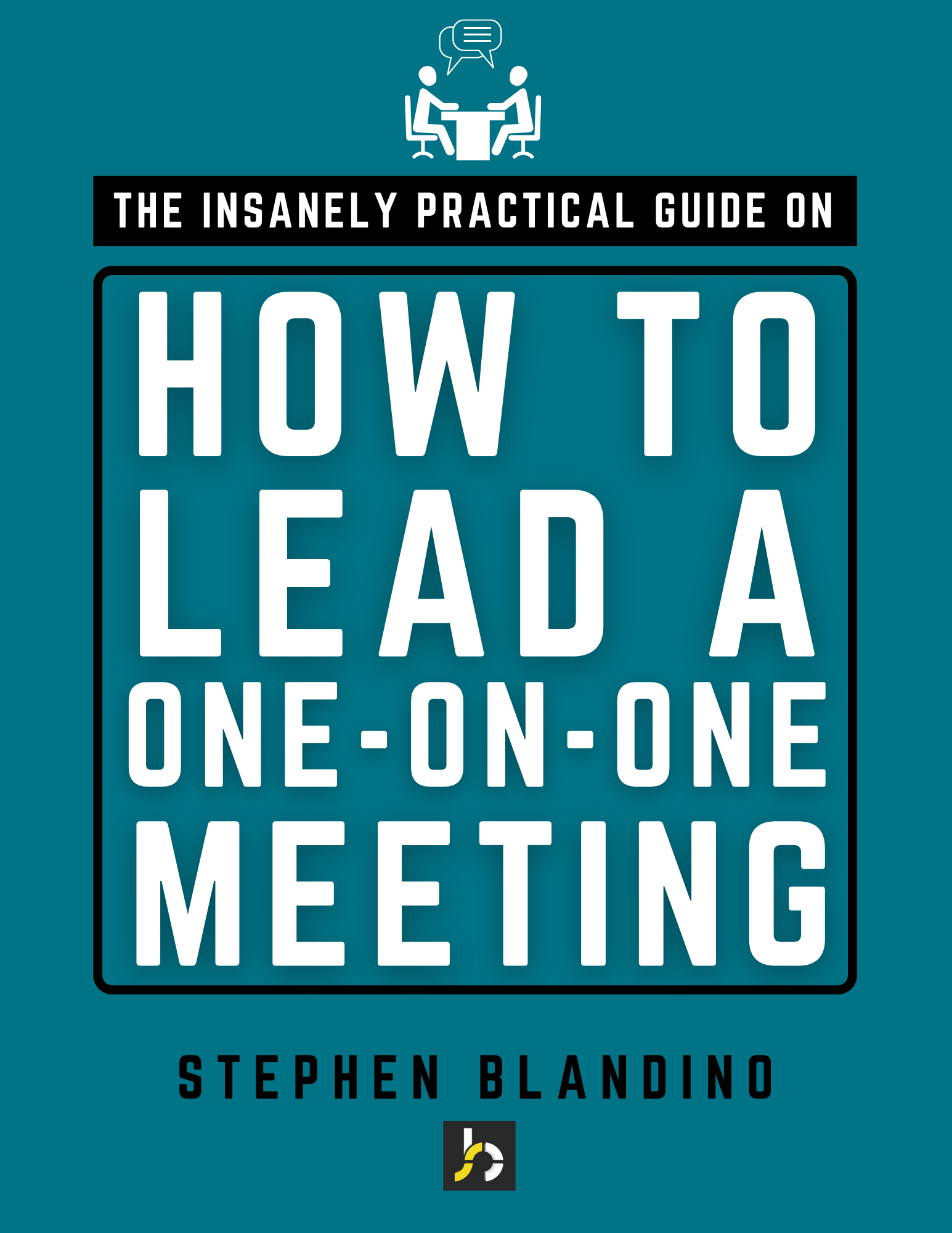There is a common issue that arises when programs become a deeply ingrained part of a church or organization’s culture. I call it, “The Divorce of Mission.” The divorce of mission occurs when a program becomes more important than the mission it was created to fulfill. This is a very real seduction in the life of a church. The mission drives people to create a program or a strategy that will produce measurable progress toward the mission. But over time, people divorce the mission because they are having an emotional affair with the program. And that is what makes the struggle so difficult. People become emotionally tied to methods more than mission. And when you try to change the methods because they are no longer fulfilling the mission, it feels like you’ve walked into an organizational divorce court.
The Divorce of Mission


Stephen Blandino
Pastor | Author | Coach | Podcaster
Leaders today are frustrated by a lack of clarity, ineffective systems, dysfunctional teams, and unhealthy cultures. I speak, coach, and write to help motivated pastors and leaders gain clarity, build high-performing teams, and maximize organizational health.
Grow You and Your Team
Subscribe to Stephen's blog today and get practical and thought-provoking leadership content for you and your team.
THE LEADER FLUENT PODCAST
FREE RESOURCES
ONLY $9.99
The highest levels of time management focus on the intersection of three circles: WHY (Purpose & Values), WHERE (Roles & Priorities), and HOW (Planning & Boundaries). Without all three circles, you’ll efficiently get the wrong things done.
In this 35-page guide, you’ll learn how to leverage each circle to maximize your time, make your greatest impact, and live a fulfilling, focused, and healthy life.
Buy the 35-Page PDF today for only $9.99.
ONLY $9.99
Vision is one of the most important jobs of a leader. In “The Insanely Practical Guide to Create, Communicate, and Capture Vision,” Stephen Blandino equips you with an extraordinarily practical process to see, share, seize, and safeguard the vision.
This 36-page tool takes the guesswork out of vision and walks you from A to Z as you clarify your vision, communicate it with others. and then turn it into reality.
Buy the 36-Page PDF today for only $9.99.
ONLY $9.99
One-on-one meetings help leaders cultivate healthy people, teams, and organizations.
In this insanely practical guide, you’ll learn the why and how of leading one-on-one’s, and how to introduce the idea to your team.
Plus, you’ll get two tools: 1) A meeting planner to help team members prepare for a one-on-one; 2) A One-On-One Supervisor Meeting MAPP to help you guide the meeting.
Buy this 21-page guide for only $9.99
GET THESE FREE RESOURCES WHEN YOU PURCHASE MY LATEST BOOK…







